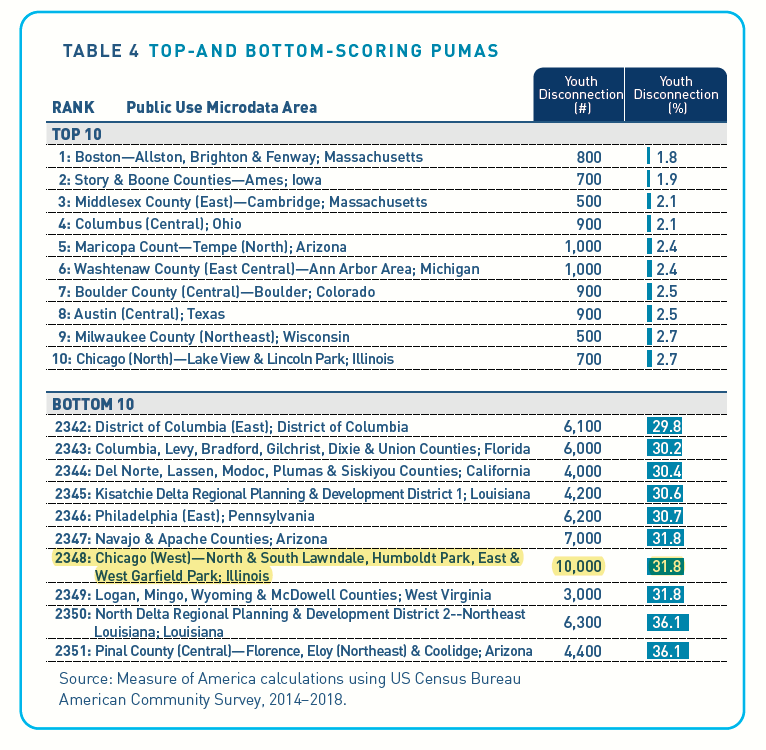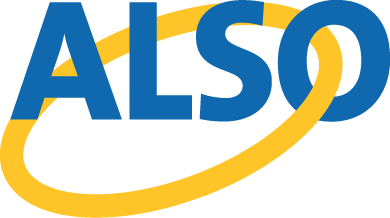ALSO Program Participants: Taking Steps in the COVID-19 Era
This January, ALSO outreach worker Eric George worked with participants in ALSO’s 10-10-10 program. The program provides participants with a stipend, employment-focused training, and a chance to explore issues in their lives, including violence in their communities.
By mid-March, COVID-19 had already changed the way we live – and had begun to have a major impact on the economy. The 10-10-10 program was no longer meeting participants in person. Still, George has been able to work with participants to move forward with their lives, and, in some cases, find part-time jobs.
As Jorge Matos, Director of ALSO’s Safe Streets program says, “Our work is about meeting participants where they’re at.”

ALSO outreach worker Eric George, at ALSO’s 10-10-10 program. The program provides participants with a stipend, employment-focused training, and a chance to explore issues in their lives, including violence in their communities.
Tara Campbell, Resilience Program Manager at ALSO, adds that “ALSO engages with people in high risk neighborhoods. Employment and getting back to school are important, but they are not the only thing. We see them as a pathway for participants to change behaviors – not as the ultimate goal.”
Out of School and Out of Work
The context of ALSO’s work in the Humboldt Park community reveals key aspects of the daily life of program participants. A study released by Measure of America in June 2020 shows that the area including Humboldt Park, North & South Lawndale, and East & West Garfield Park, Illinois communities has one of the highest rates of youth disconnection in the country. Youth disconnection is defined by Measure of America as “the number of teens and young adults disconnected from both work and school in the United States. ”Research shows that 31.8 % of all 16-24-year-olds in these communities were out of school and out of work. The survey is based on calculations using US Census Bureau American Community Survey Data from 2014-2018.
New data compiled since Covid-19 started also confirm that the unemployment rate is going up. In April, the U.S. unemployment rate reached 14.7%, the highest level since the Great Depression. On May 7, 26th Ward Alderman Robert Maldonado spoke out about rising unemployment in the ward. (The 26th Ward serves parts of Humboldt Park, Hermosa, Ukrainian Village, and Logan Square). “The number one calls [we receive] are about the inability to get access to the checks from unemployment,” he said to WTTW TV.

Youth disconnection is defined by Measure of America as “the number of teens and young adults disconnected from both work and school in the United States.” A study released by the organization in June, 2020 shows that the area including Humboldt Park, North & South Lawndale, and East & West Garfield Park, Illinois communities has one of the highest rates of youth disconnection in the country.
Need for Employment
ALSO works with people who are in-risk of violence and typically face challenges in finding employment. ALSO’s Safe Streets outreach team may work with 130 or more participants. A majority of ALSO participants are looking for full or part-time work.
At ALSO, outreach workers find out what services participants need, fill out daily case notes, and connect with ALSO caseworkers to take next steps. Sometimes participants hear about work opportunities. Outreach workers and caseworkers may also hear about job opportunities they can connect participants to.
During COVID-19, of course, connecting with participants has often been done in a phone call or text.
Finding Work
Luke Jones was homeless when he participated in 10-10-10. ALSO has helped him find a job with Coffey Bros., a moving company, and transported him back and forth to the job. He has also been accepted into and plans to attend a local music school.
“Our work with Luke was about trying to help him stay focused,” says George, who typically works with about 15 participants at a time. “We emphasized the basics – how to save money, how to take care of yourself.” During a Peace Circle in the 10-10-10 program, George says, “We worked with him to be more secure about himself and more self-motivated. You could tell he wanted his own apartment, a car, a bank account – we just showed him that these things can happen.”
Another participant, Andre Houston, found a part-time job as a line cook on a food truck for Reef’s Kitchen in Chicago.
“He used to have a job,” Eric George said, “but he made a wrong turn. When he turned to the streets, he was dealing with some things that come with that lifestyle. A big part of our job is teaching Andre and other participants how to get through their situation, whatever that might be. Sometimes that involves coaching them about the next step. Like if you have an interview tomorrow, are you ready for it?”

